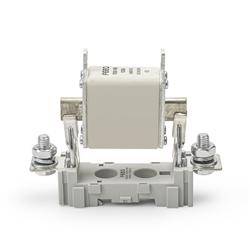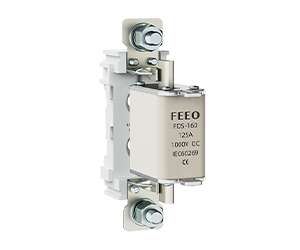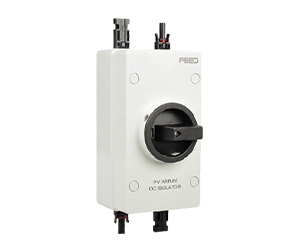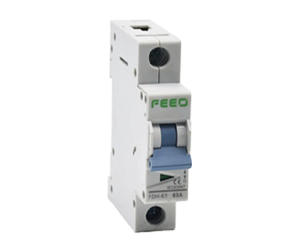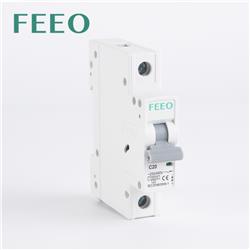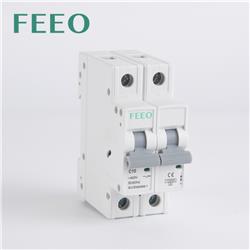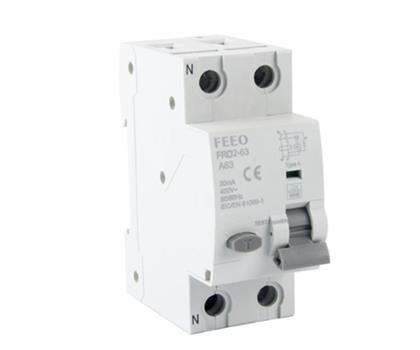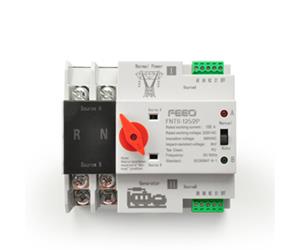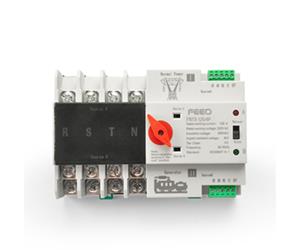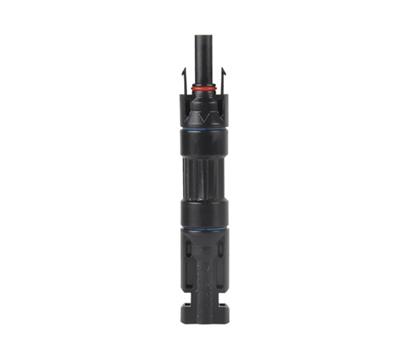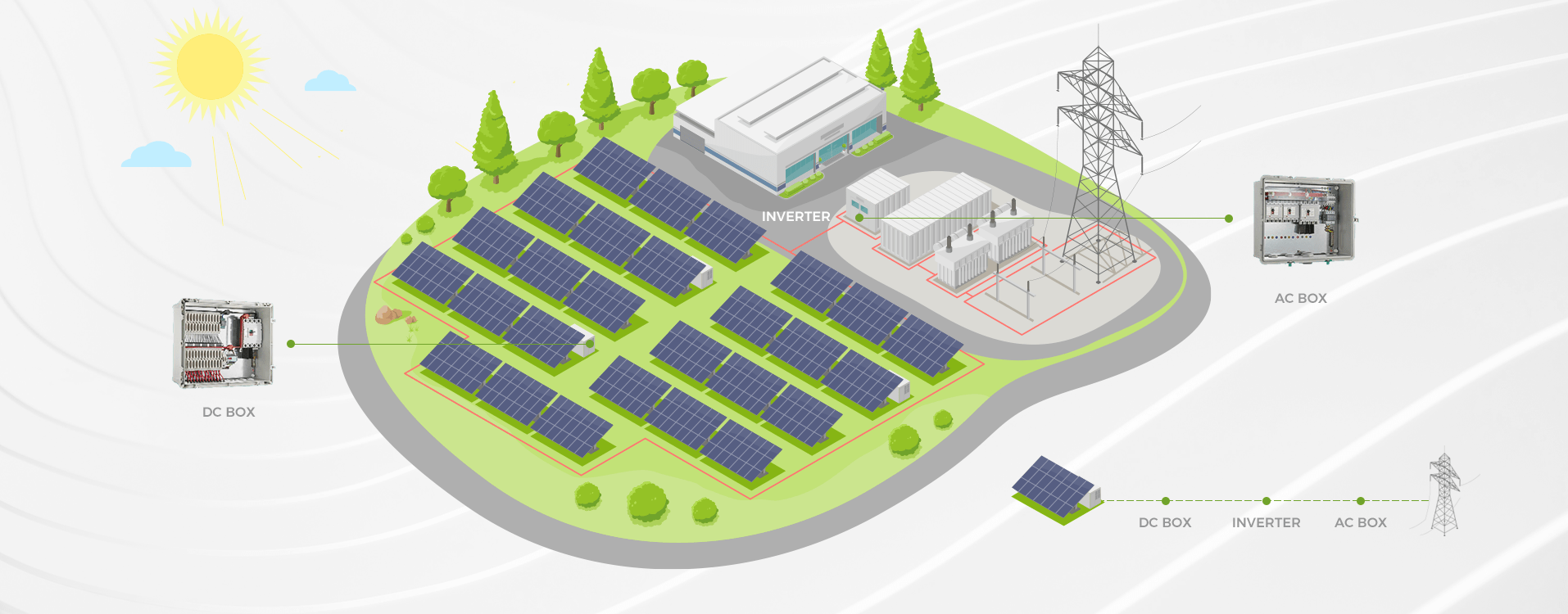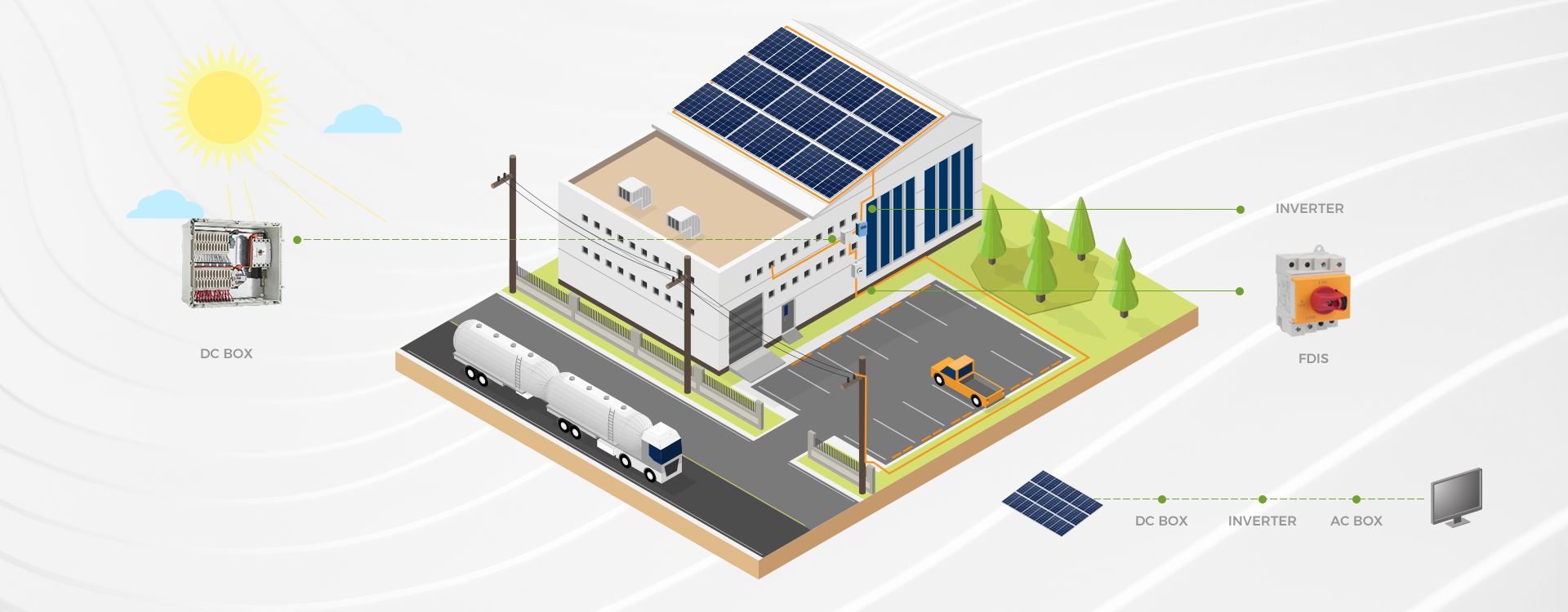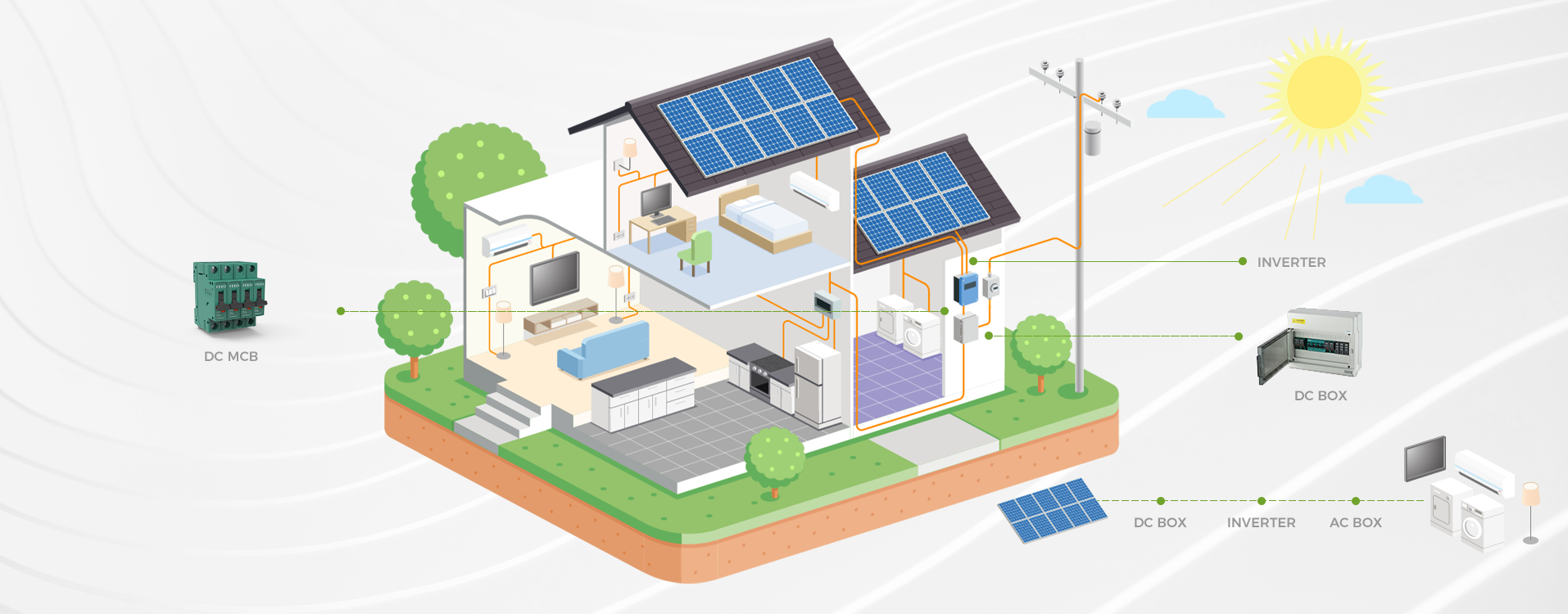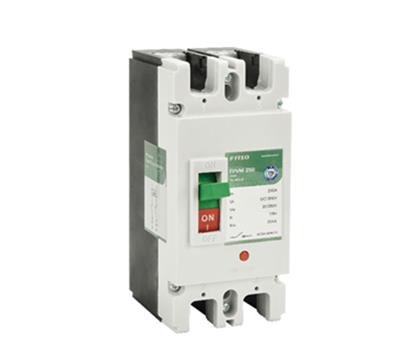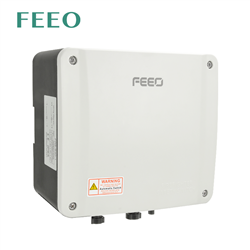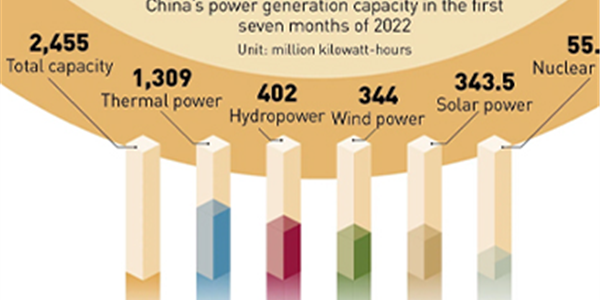
What is a Solar Automatic Transfer Switch?
A solar automatic transfer switch is a device that automatically switches the power supply from a solar energy system to the grid (or backup generator) when needed. This ensures that homes and businesses have a constant power supply, even during outages or when solar generation is insufficient.
Key Benefits
Reliability: ATS ensures uninterrupted power supply by automatically switching to an alternative source during outages.
Energy Efficiency: By optimizing the use of solar energy, ATS minimizes reliance on grid power and reduces electricity costs.
Smart Integration: Many modern ATS devices can integrate with smart home systems, allowing users to monitor and manage their energy consumption remotely.
Environmental Impact: By maximizing the use of solar energy, ATS contributes to reduced carbon footprints and promotes sustainability.
The Role in Smart Energy Management
Demand Response: ATS can play a vital role in demand response strategies by intelligently managing energy loads based on availability and pricing.
Grid Stability: By enabling a smooth transition between power sources, ATS helps maintain grid stability, particularly as more renewable energy sources are integrated.
Monitoring and Control: Advanced ATS systems come with monitoring capabilities, providing real-time data on energy usage and system performance, helping users make informed decisions.
Future Trends
Increased Automation: As technology advances, we can expect more sophisticated ATS that can make real-time decisions based on energy availability and cost.
Enhanced Connectivity: The integration of IoT devices will enable greater communication between ATS, solar inverters, and energy management systems.
Cost Reduction: As the technology matures, the costs associated with solar ATS are likely to decrease, making them more accessible for residential and commercial use.

Conclusion
Solar automatic transfer switches represent a significant advancement in smart energy management. By ensuring reliable, efficient, and sustainable energy use, they pave the way for a more resilient energy future. As technology continues to evolve, the adoption of ATS will likely become a standard practice in both residential and commercial energy systems.













